The search for films that disturb, unsettle, shake one to their core, feel pushed to the edge and their limits tested, seems to come out of a dark side of cinema. In some ways horror films and fans are fascinated by dark subject matter: things that scare, unsettle and push fears whilst also exploring death, pain and fear. But the acceptable nature of most horror films comes with the idea of the taboo as well as cinemas general falsehood. So death is a fact of life and is taboo as much as it’s generally only experienced as part of one’s life cycle. However, there are taboos that go darker: rape, serial killers, torture amongst others. These are generally considered to be darker and therefore more taboo and less acceptable subjects within horror film but they do still turn up. The general falsehood of cinema means that the fear experienced with horror films are lessened to the tune of ‘it’s only a movie’. Through searching the darker sides of cinema, the more taboo subjects and also that desire to feel a film so extreme that it can get under your skin: you reach the idea of the ‘Disturbing Movie’.
Worthwhile mentioning that they’re not all horror movies, despite this set up. An easy connection can be made between the so-called ‘disturbing movie’ and the horror but quite often, effective ‘Disturbing Movies’ are not horrors. So, what makes a ‘disturbing movie’? This is, of course, subjective but there are some easy to spot commonalities between films generally believed to be ‘disturbing’. Whilst, it also seems to be easiest to define through what it is not. A ‘disturbing movie’, shouldn’t be confused with an effective horror film, it does go darker than the thrill of being scared. This was perhaps the easiest point to make. Common themes often include: torture, nudity, the body, rape, necrophilia, war crimes, human/animal experiments, animal cruelty, bestiality, degredation, decay, death, incest, racism and cannibalism. For some of these themes, it is the degree with which they depicted that matters. A film to feature nudity, torture or death would seldom qualify as ‘disturbing’. It is perhaps bold for a film to show actors nude in a movie, but this can easily be a part of the romantic tale, the comedy or even just the freedom/symbolism of nudism. Torture could easily feature as part of a James Bond film – in fact they often do, or even a horror like Red Dragon or Se7en. Whilst in many films, characters will die.It is therefore reliant on how these subjects are depicted.














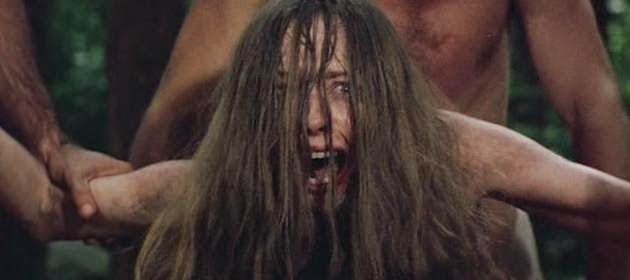

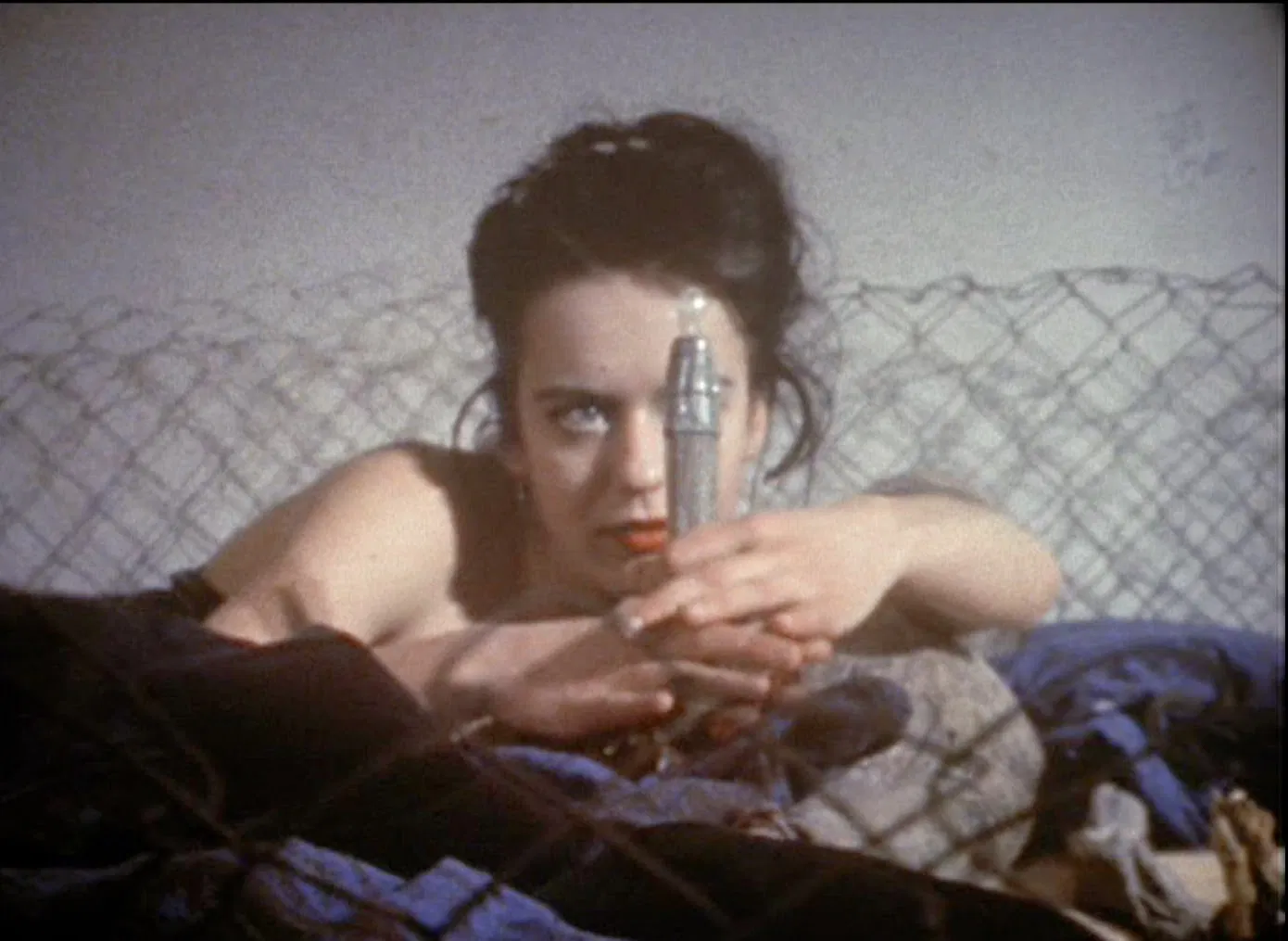
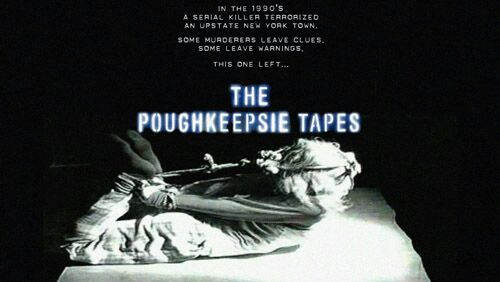
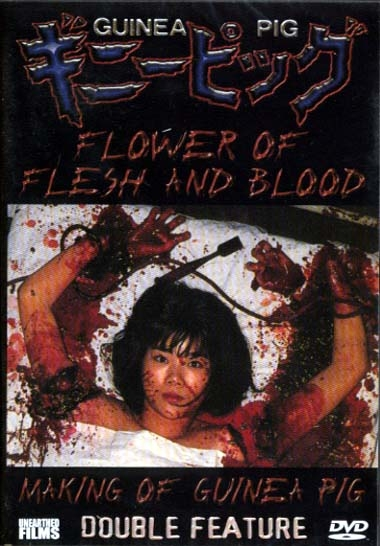
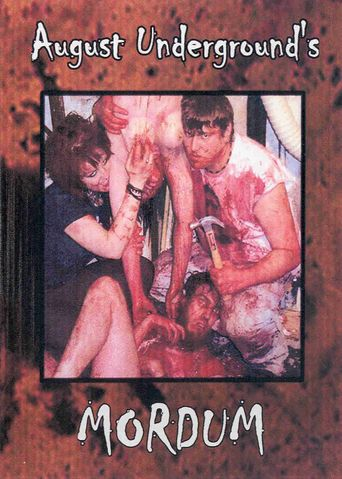

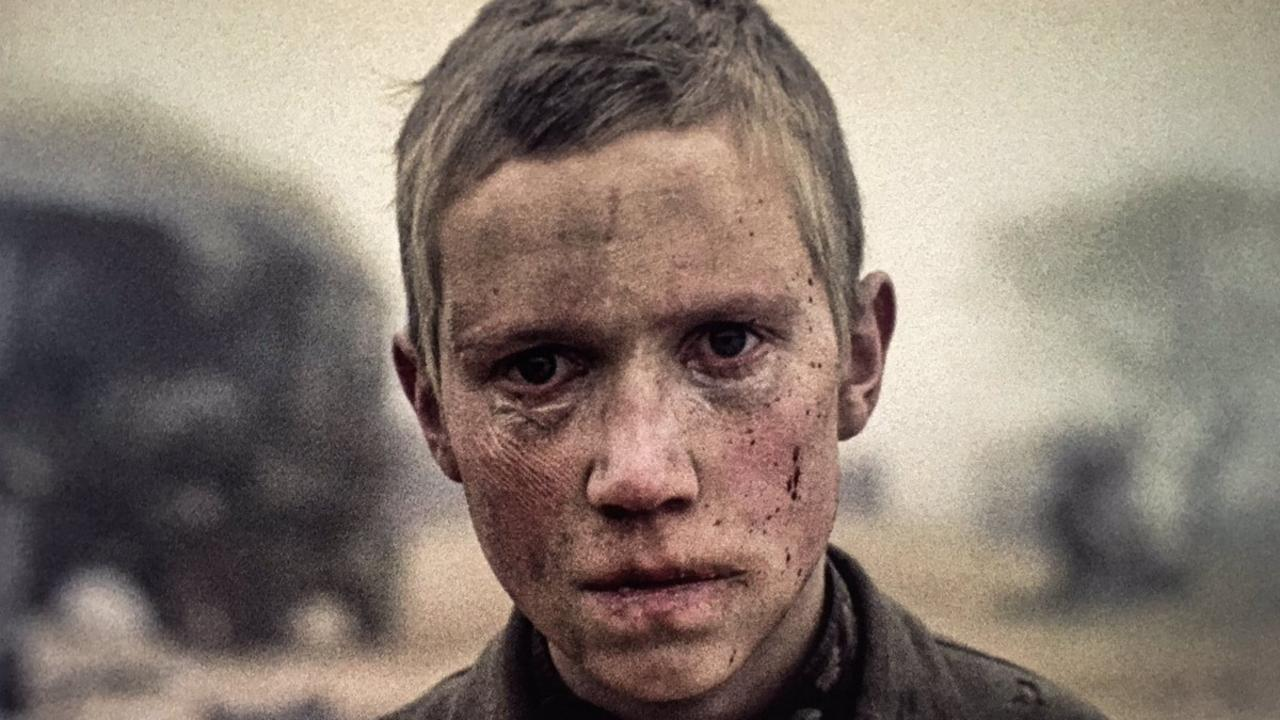
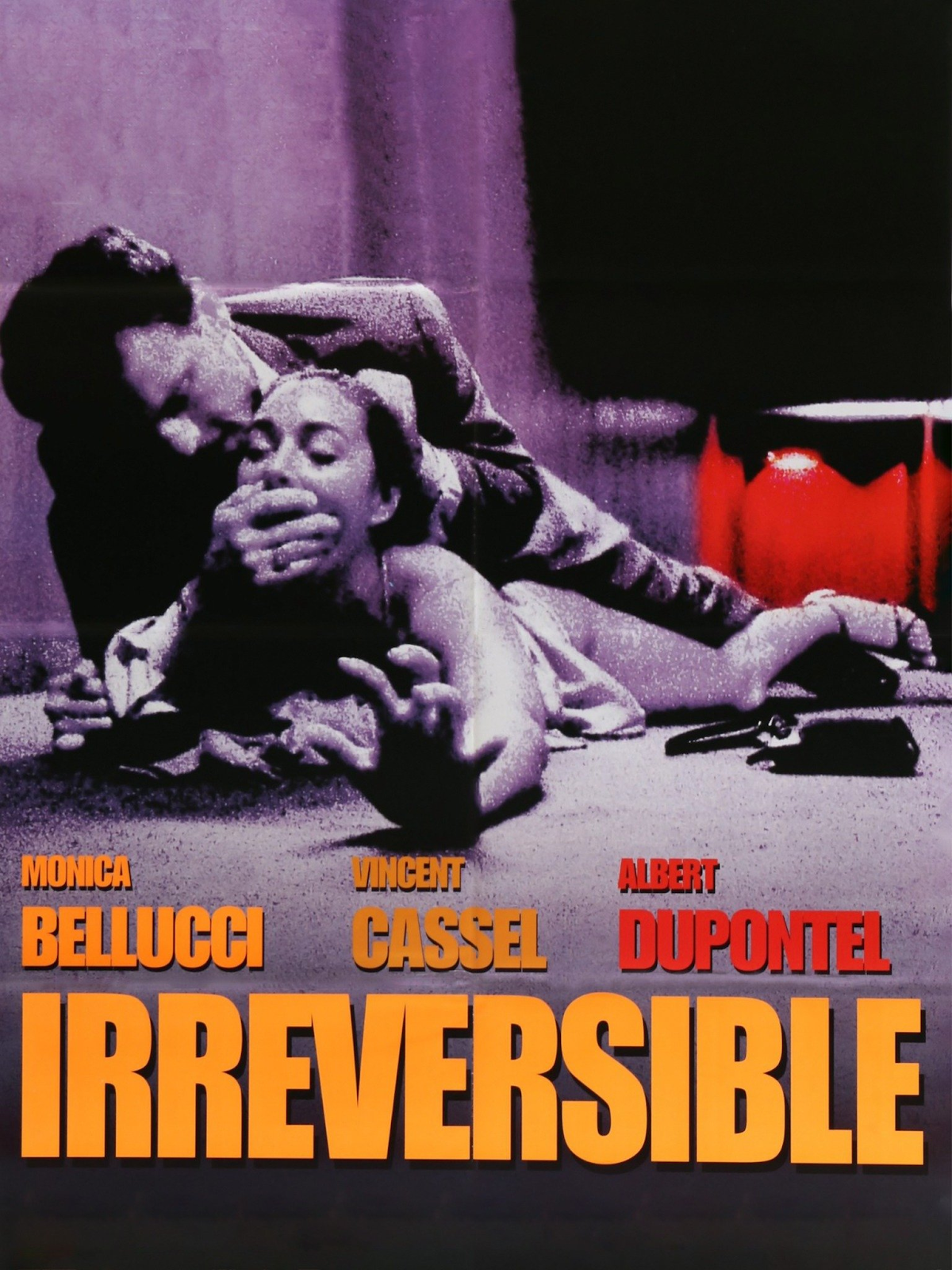
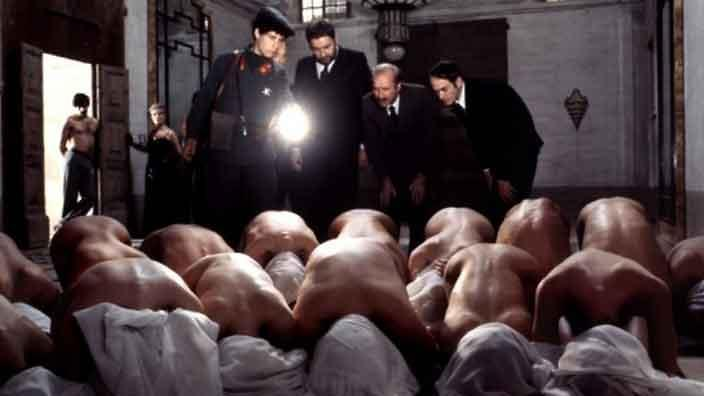

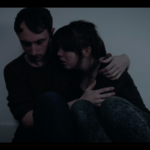




Leave a Reply